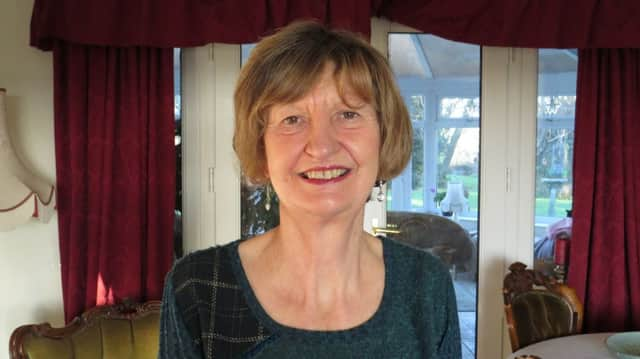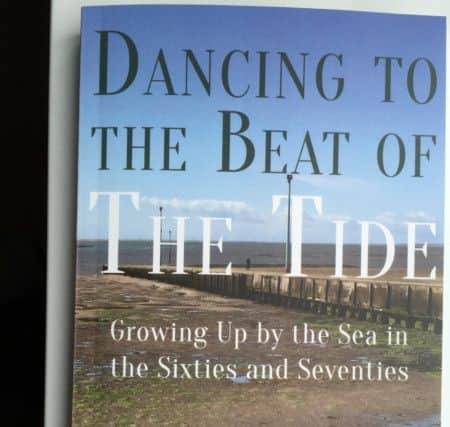Looking back on a Lancashire coast


In Dancing to the Beat of the Tide, Angela Norris tells the story of growing up in Knott End on the Lancashire coast during the 60s and 70s, against a vibrant backcloth of music, fashion and the emerging disco scene.
Angela trained as a journalist on the Garstang Courier during the 70s, later moving to the Lancaster Citizen.
Advertisement
Hide AdAdvertisement
Hide AdAfter taking a degree at St Martin’s College, (now the University of Cumbria), she switched career and became a health promotion specialist for the NHS in Lancaster and Morecambe.


She later worked as a community engagement officer for a Lancashire health watchdog before joining Age UK Lancashire as a project officer.
Since semi-retirement, Angela, 60, has returned to writing and her memoirs chart her life growing up in Knott End.
She remembers the fields of her childhood morphing into bungalow estates as Knott End switched from being a village to a purpose-built retirement town, popular with newcomers who moved in from towns such as Bolton, lured by the bracing sea air and quiet location.
Advertisement
Hide AdAdvertisement
Hide AdThe 11 plus, Jackie magazine, youth club discos and village hall dances also feature in the book.


Angela describes going to Preesall Youth Club as disco emerged during the early 70s. In their hot pants and platform shoes, she and her friends thought they were pop and fashion princesses as they danced around their handbags to the latest Motown records.
Later they were allowed to venture further afield, going to village hall dances at Cockerham and St Michaels. The weekly Saturday night dances alternated between the two villages and followed a tradition which had begun decades earlier with village hall ballroom dances.
During the 50s, village halls were packed to the rafters with each venue featuring its own resident dance band playing tunes inspired by artists such as Joe Loss and Glen Miller to accompany a waltz or a quick step.
Advertisement
Hide AdAdvertisement
Hide AdBy the 70s disco had replaced ballroom, but many of the dance traditions continued.
“When we started going to Cockerham dance, the Silver Keynotes dance band were still playing, just as they had done in the 50s and 60s,” said Angela.
“But by then, they had updated to their music from ballroom ballads to modern tunes - though they always closed the dance with a slow smoochie number.”
She reflects on how growing up in the 70s seemed much more carefree than it is for teenagers today.
Advertisement
Hide AdAdvertisement
Hide Ad“We thought we were the bees’ knees in our skimpy hot pants,” said Angela.
“And if it all went wrong, there was always Jackie magazine to rely on, dispensing its wisdom like a big sister. Not to mention pouring out your woes to Rod Stewart as he grinned inanely from his poster on your bedroom wall.”
l Dancing to the Beat of the Tide is published by Matador, costing £8.99. It is available at www.troubador.co.uk or through the author’s Facebook page - Dancing to the Beat of the Tide.